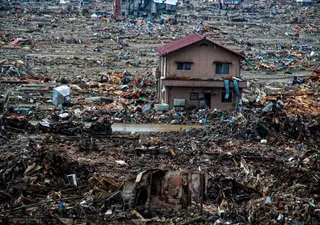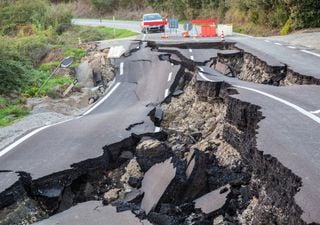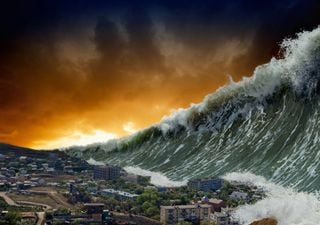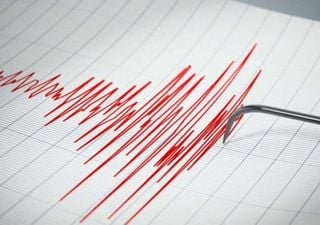Earthquakes in Japan: Heavy snowfall and rain may have contributed to the occurrence of the henomenon
A new study has suggested that heavy snowfall and rain may have contributed to some earthquakes on Japan's Noto Peninsula. See more information here.
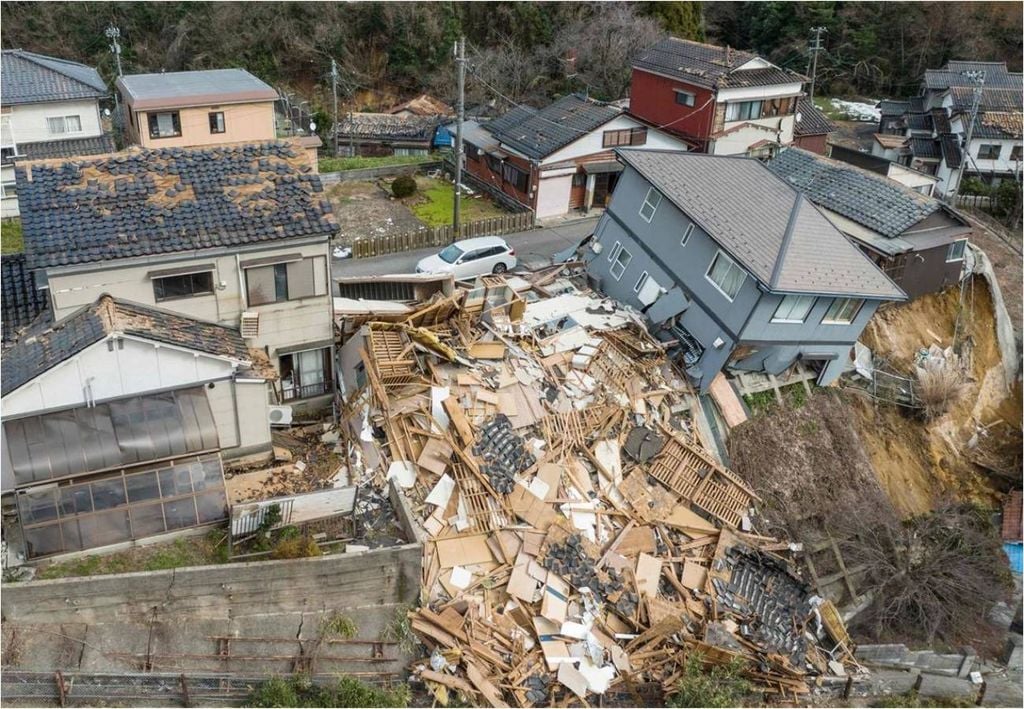
Earthquakes (or seismic shocks) are caused by the movement of tectonic plates in the earth's crust and underground fissures, by volcanic activity or by displacements of gases (mainly methane) inside the Earth.
Earlier this year, a strong earthquake of magnitude 7.6 on the Richter scale hit the Noto Peninsula in Japan. In addition to deaths and destruction, the tremors caused a displacement of the region by about 250 meters. Strips of sand appeared on the coast that did not exist, and areas that were previously submerged were completely dry.
However, a recent study led by researchers from the Massachusetts Institute of Technology (MIT) in Cambridge, found that certain weather events can also play a role in the formation of some earthquakes. The study was published in the journal Science Advances.
Meteorological factors influencing earthquakes
According to the authors of the work, events of heavy bolls and rains probably contributed to the occurrence of a series of earthquakes in the last 11 years on the Noto Peninsula in northern Japan. This is the first study to show that weather conditions can start earthquakes.
The Noto Peninsula is located in the coastal zone of Ishikawa province, in the center of the island of Honshu, Japan.
It has been identified that the seismic activity in this region is in line with changes in underground pressure, and that these changes are influenced by seasonal patterns of snowfall and precipitation. In addition, researchers suspect that this relationship between earthquakes and weather events may not be exclusive to Japan, but to other parts of the world as well, although they emphasize that the primary trigger will always originate underground.
"We see that snowfall and other environmental loads on the surface impact the state of tension underground, and the timing of intense precipitation events is well correlated with the onset of this earthquake outbreak. Therefore, the climate obviously has an impact on the solid earth response, and part of that response is earthquakes," said William Frank, co-author of the study.
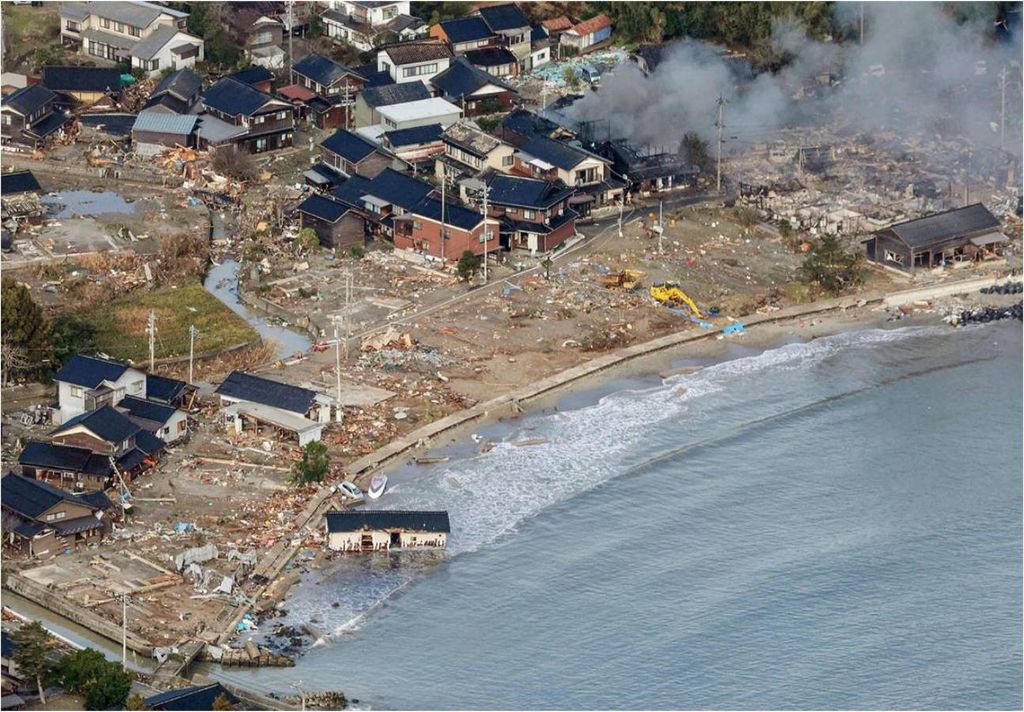
Frank also comments that "if we enter a changing climate, with more extreme precipitation events, and expect a redistribution of water in the atmosphere, oceans and continents, this will change the way the earth's crust is charged, and this will certainly have an impact".
"When we want to understand how earthquakes work, we look at the tectonic plates, because this is and always will be the main reason why an earthquake happens," said Frank. "But what are the other things that can affect when and how an earthquake happens? That's when you start resorting to second-order factors, and the weather is obviously one of them."
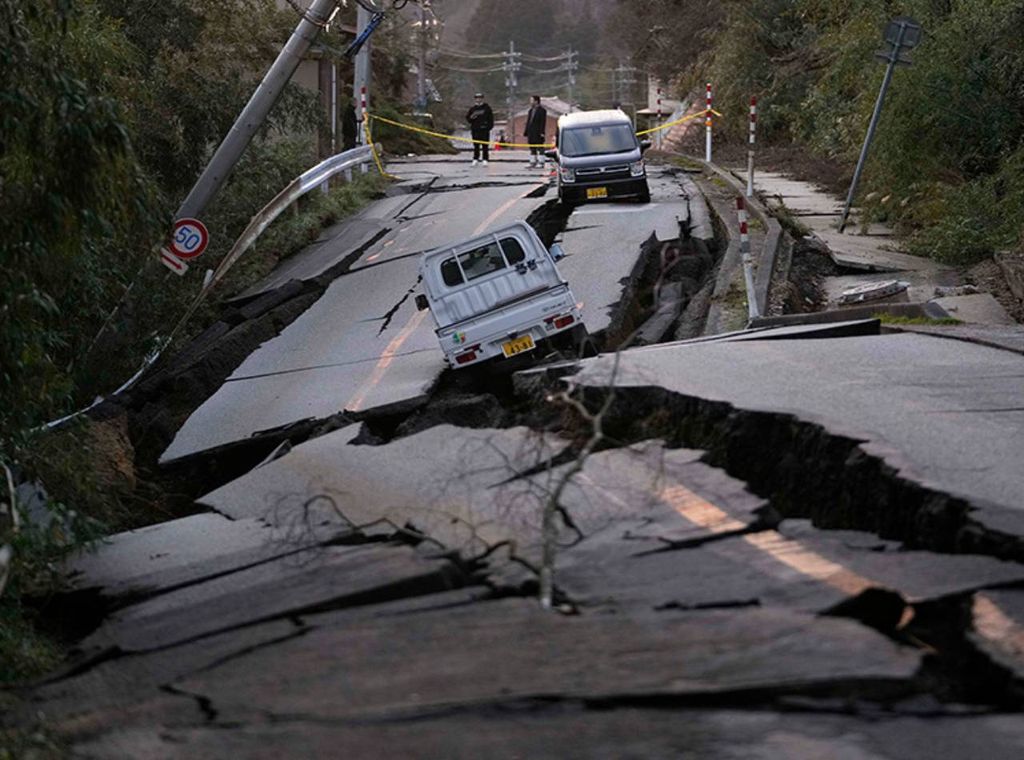
In addition, researchers believe that the influence of climate on earthquakes may be more pronounced in the future with global warming.
News reference:
WANG, Q-Y. et al. Untangling the environmental and tectonic drivers of the Noto earthquake swarm in Japan. Science Advances, v. 10, n. 19, 2024.





